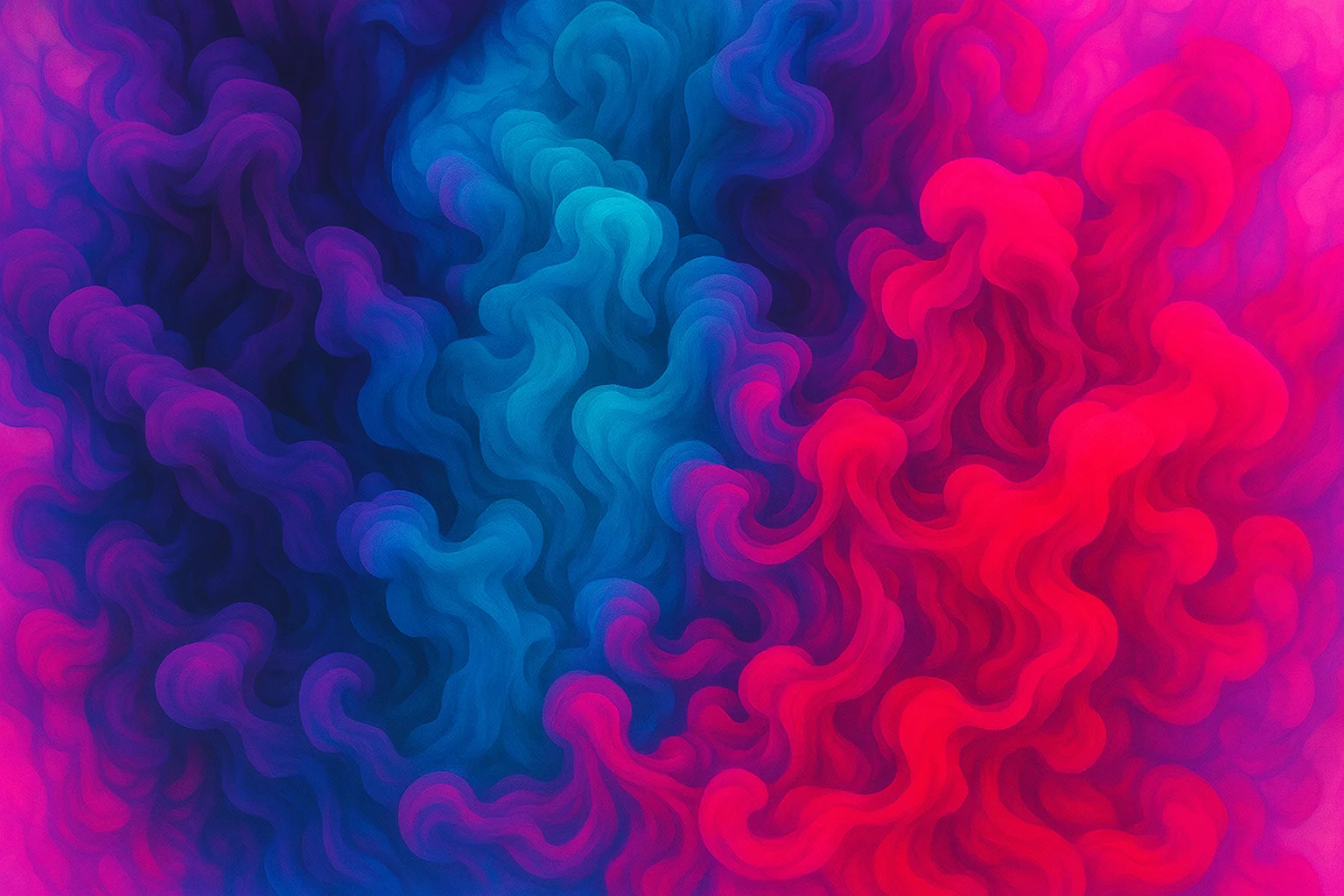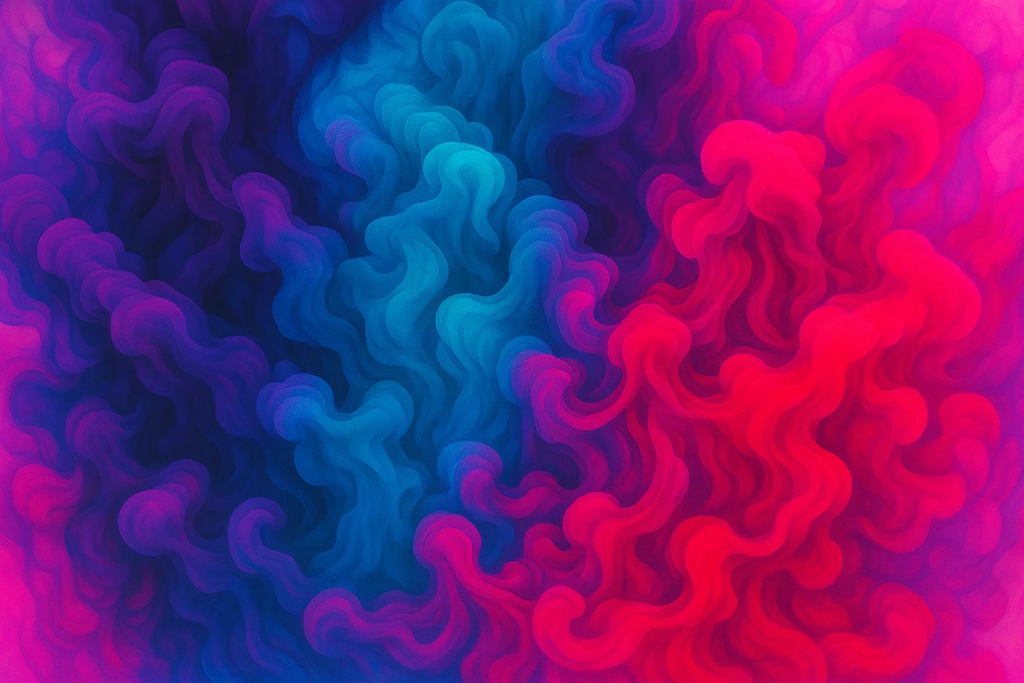
Neuro-Color Marketing: The Unseen Science of How Hues Hook Your Customers

Neuro-Color Marketing: The Unseen Science of How Hues Hook Your Customers
By Vanessa @ loyalcolor.net
Hey there, color enthusiasts! Vanessa here, from loyalcolor.net. Ever found yourself inexplicably drawn to a product on a shelf, or felt a certain vibe from a brand even before you knew what they did? Chances are, color had a lot to do with it! We often talk about "color psychology" in a general sense, but what if I told you there's a deeper, more scientific layer to how colors steer our choices? Today, we're diving into the fascinating world of Neuro-Color Marketing. Forget guesswork; we're talking about the scientific proof of how colors can become your brand's superpower. Ready to see how deep the rabbit hole goes?
What Exactly Is Neuro-Color Marketing (And Why Should You Care)?
So, what’s the deal with Neuro-Color Marketing? It sounds a bit like something out of a sci-fi movie, doesn't it? But trust me, it's very real and incredibly powerful. Think of it as the brainy big sister to traditional color psychology. While basic color psychology gives us general associations (like blue for trust or red for passion), neuro-color marketing digs into the why and how these connections happen at a neurological level. It’s about understanding the subconscious, often instantaneous, reactions our brains have to different hues and how these reactions directly influence our perceptions and, crucially, our buying behavior.
You might be thinking, "Is this just another marketing buzzword?" I get it. But in a world overflowing with choices, understanding the scientific impact of color on purchasing behavior is no longer a 'nice-to-have' – it's a necessity. We're moving beyond simply picking colors that "look good" to making strategic, data-informed decisions that resonate deeply with our target audience. This is where neuromarketing color choices can give you a serious edge.
The Unseen Influence: How Our Brains React to Color
Our brains are amazing, complex machines, constantly processing information. And color? It's a huge part of that input. When we see a color, it's not just a visual experience; it triggers a cascade of neural signals, sparking emotional and even physiological responses.
For instance, certain colors can genuinely alter our mood or perception. Think about the calming effect of a soft blue, often used in healthcare or wellness brands. This isn't accidental. Studies suggest blues can actually lower blood pressure and evoke feelings of security. On the flip side, vibrant reds can increase heart rate and create a sense of urgency – perfect for those "limited time offer" buttons, right? This is the psychology of color in advertising at its most fundamental, but neuro-marketing takes it further by examining brainwave activity (using techniques like EEG) to see exactly which parts of the brain light up.
It's Not Just About Liking a Color
Here’s a common misconception: that successful color marketing is just about picking colors your audience "likes." It's far more nuanced. While personal preference plays a role, neuro-color marketing focuses on the appropriateness of the color for the brand and its message. Does the color align with the product's perceived value? Does it convey the intended brand personality? The emotional response to colors in marketing is key, but so is the cognitive one – does it make sense?
For example, you wouldn't typically use a playful, bright yellow for a high-end law firm, would you? It might be a "liked" color by many, but it doesn't convey seriousness or authority. The brain picks up on these mismatches almost instantly.
Color in Action: Driving Consumer Decisions from First Glance to Final Click
Let's get practical. How does this all translate into actual consumer decisions? Think of the customer journey:
-
Grabbing Attention & Sparking Awareness:
In a crowded marketplace (digital or physical), your color choices are often the first handshake.
- High-Contrast Colors: Think of a bright call-to-action button against a muted background. Your eyes are naturally drawn there.
- Brand Recognition: Consistent use of a distinct color (Tiffany blue, anyone?) makes a brand instantly recognizable.
- Urgency/Excitement: Reds and oranges are classic for a reason in sales and promotions. They shout "Look at me!"
-
Shaping Perception & Aiding Evaluation:
Once you have their attention, color helps shape how consumers perceive your product or service before they even try it.
- Quality & Value: Darker shades like black or deep burgundy often signify luxury and sophistication. Think premium packaging.
- Trust & Reliability: Blues and greens can foster a sense of dependability and calm. Many financial institutions and tech companies lean into this.
- Nature & Health: Greens and earthy browns are go-to for organic, natural, or eco-friendly products. Our brains are wired to make these associations.
-
Nudging Towards Purchase:
The final step! Color can be the subtle nudge that converts a "maybe" into a "yes."
- CTA Buttons: The color of your "Buy Now" or "Sign Up" button can significantly impact conversion rates. A/B testing different colors here is a classic neuromarketing technique for branding and sales.
- Reducing Perceived Risk: Using reassuring colors in the checkout process can make customers feel more secure.
Understanding how colors influence purchase decisions isn't about manipulation; it's about clear communication. You're using color to better convey your brand's value and make the decision-making process easier and more intuitive for your customers.
Beyond the First Sale: Neuro-Color Marketing for Lasting Brand Loyalty
Getting that first sale is great, but what about keeping customers coming back? This is where a solid color branding strategy for consumer loyalty comes into play.
Think about your favorite brands. I bet you can picture their logo and their primary colors instantly. That immediate recognition is gold. Consistent use of color across all touchpoints – your website, social media, packaging, even your store's interior – builds a powerful, memorable brand identity. It's like a visual signature.
This consistency does a few things:
- Builds Familiarity and Trust: When we see the same colors repeatedly associated with positive experiences, we start to trust that brand. It becomes predictable in a good way.
- Creates an Emotional Shorthand: Over time, your brand colors become imbued with the emotions and experiences customers have with you. That "Coca-Cola red" isn't just red; for many, it’s a shorthand for happiness, nostalgia, or refreshment.
- Reinforces Brand Story: Your colors should be an integral part of the story you're telling. Are you innovative and bold (perhaps using vibrant, unexpected colors)? Or are you traditional and dependable (classic, established hues)?
Getting Practical: Tips for Your Own Neuro-Color Strategy
Alright, so you're sold on the power of neuro-color marketing. But how do you start applying it? It’s not about just picking a color out of thin air because it’s trendy. Here are a few things I always recommend:
- Know Your Audience, Really Know Them: Who are you trying to reach? Age, gender, cultural background, and even their aspirations can influence color perception. What might resonate with Gen Z could be different for Baby Boomers.
- Define Your Brand's Personality & Message: What do you want your brand to feel like? Innovative? Trustworthy? Playful? Luxurious? Your colors need to align with this core identity.
- Context is King (or Queen!): The same color can have different meanings depending on the industry and cultural context. Green might mean "go" in one context and "money" or "nature" in others.
- Aim for Appropriateness, Not Just Preference: Re-read that! The color must fit what you're selling.
- Test, Test, and Test Again: This is crucial. Don't assume. Use A/B testing for your website's call-to-action buttons, ad creatives, or even email headers. The data will often surprise you and provide concrete scientific evidence for your color marketing choices.
- Consistency is Your Best Friend: Once you've defined your color palette, use it consistently across every customer touchpoint. This is fundamental to building recognition and loyalty.
So, What's the Real Takeaway?
Neuro-color marketing isn't about finding a magic color that guarantees sales. If only it were that simple, eh? Instead, it’s about understanding that color is a powerful, non-verbal language that speaks directly to our brains. It’s a strategic tool that, when wielded thoughtfully and backed by an understanding of human psychology and neurology, can significantly enhance your brand's ability to connect, persuade, and build lasting relationships.
It’s a journey of discovery, and the landscape is always evolving, especially as we look at trends like the psychology of color in advertising 2025 and beyond. The key is to remain curious, be willing to experiment, and always put your audience first.
Now, I'm curious: What color choices have you noticed recently that really caught your attention or made you feel a certain way about a brand? Share your thoughts in the comments below!

Does anyone know where I can find a similar blazer, but at a more affordable price point?